Turns Out Historians Were Wrong About This Major Mathematical Progression
An incredible discovery regarding the decimal point was recently made. While teaching at a maths camp for middle schoolers, historian Glen Van Brummelen noticed something highly unusual while reading through a Latin math book from the 1440s over a Zoom call.
Translating a passage in Italian merchant and mathematician Giovanni Bianchini’s Tabulae, Van Brummelen was astonished to see Bianchini making calculations with decimals. This discovery challenges established historical timelines and sheds new light on the origins of this modern mathematical convention.
Giovanni Bianchini Introduced the Decimal Point
Published in Historia Mathematica, this suggests that Bianchini, whose economic background distinguished him from his astronomer peers, may have played a more significant role in the history of mathematics than previously acknowledged.

Bjankuloski06en/Wikimedia Commons
Other historians like José Chabás from Pompeu Fabra University also recognize the importance of this finding. Chabás emphasizes the decimal point’s pivotal role in the efficient calculations that serve as a foundation for modern science and technology.
Who was Giovanni Bianchini?
Giovanni Bianchini was a Venetian merchant who later became an administrator for the d’Este family in the Duchy of Ferrara.
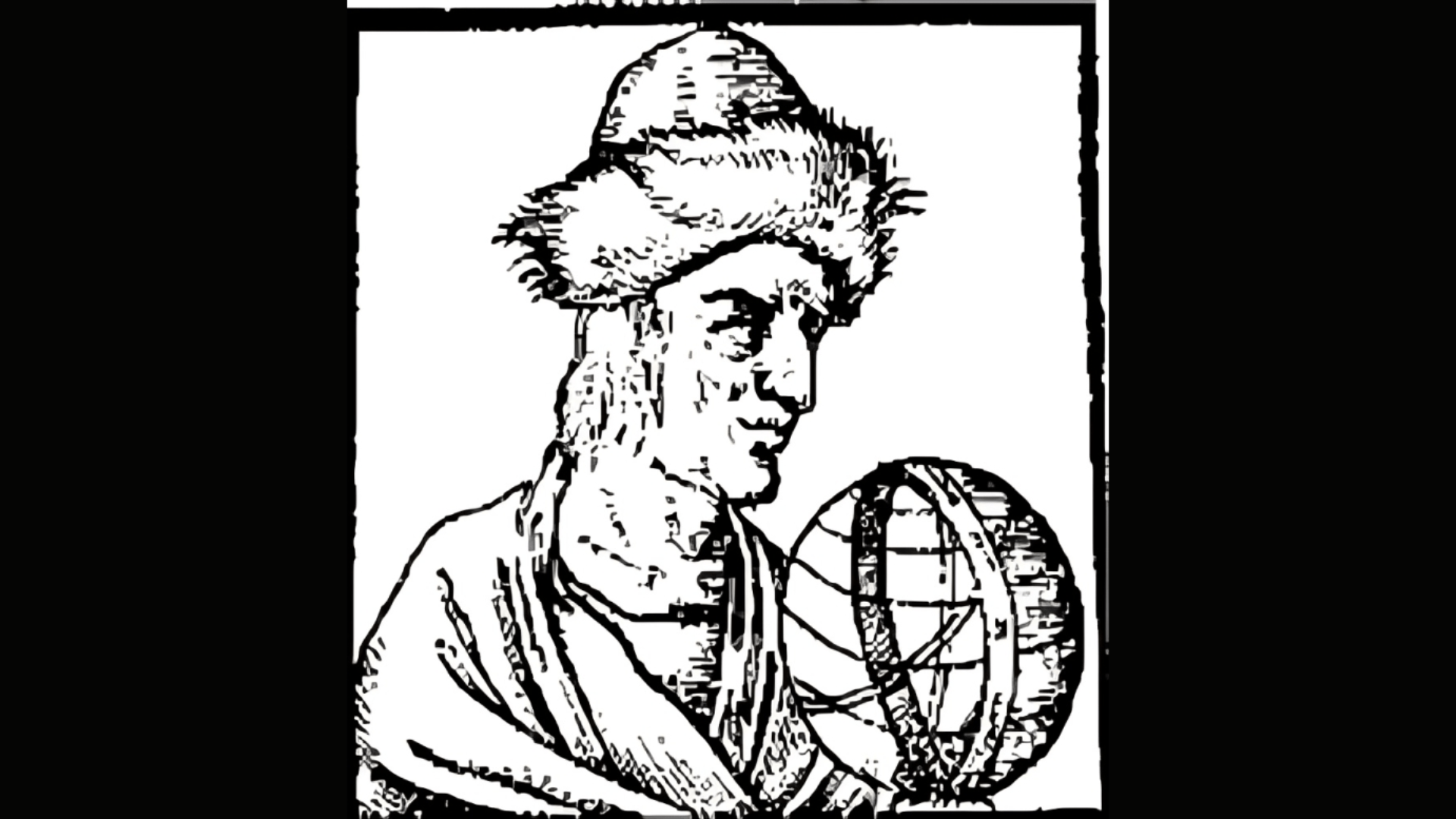
Biblioteca Europea di Informazione e Cultura/Wikimedia Commons
Due to his responsibilities, he studied astronomy as he was tasked with casting horoscopes. His many varied interests drove him to write and publish works on planetary motions and eclipses.
Was Bianchini Influenced by Islamic Astronomy?
Van Brummelen began studying Bianchini’s work in the hopes of finding connections with Islamic astronomical knowledge. It is true that Bianchini traveled widely and therefore may have been influenced by Islamic science.
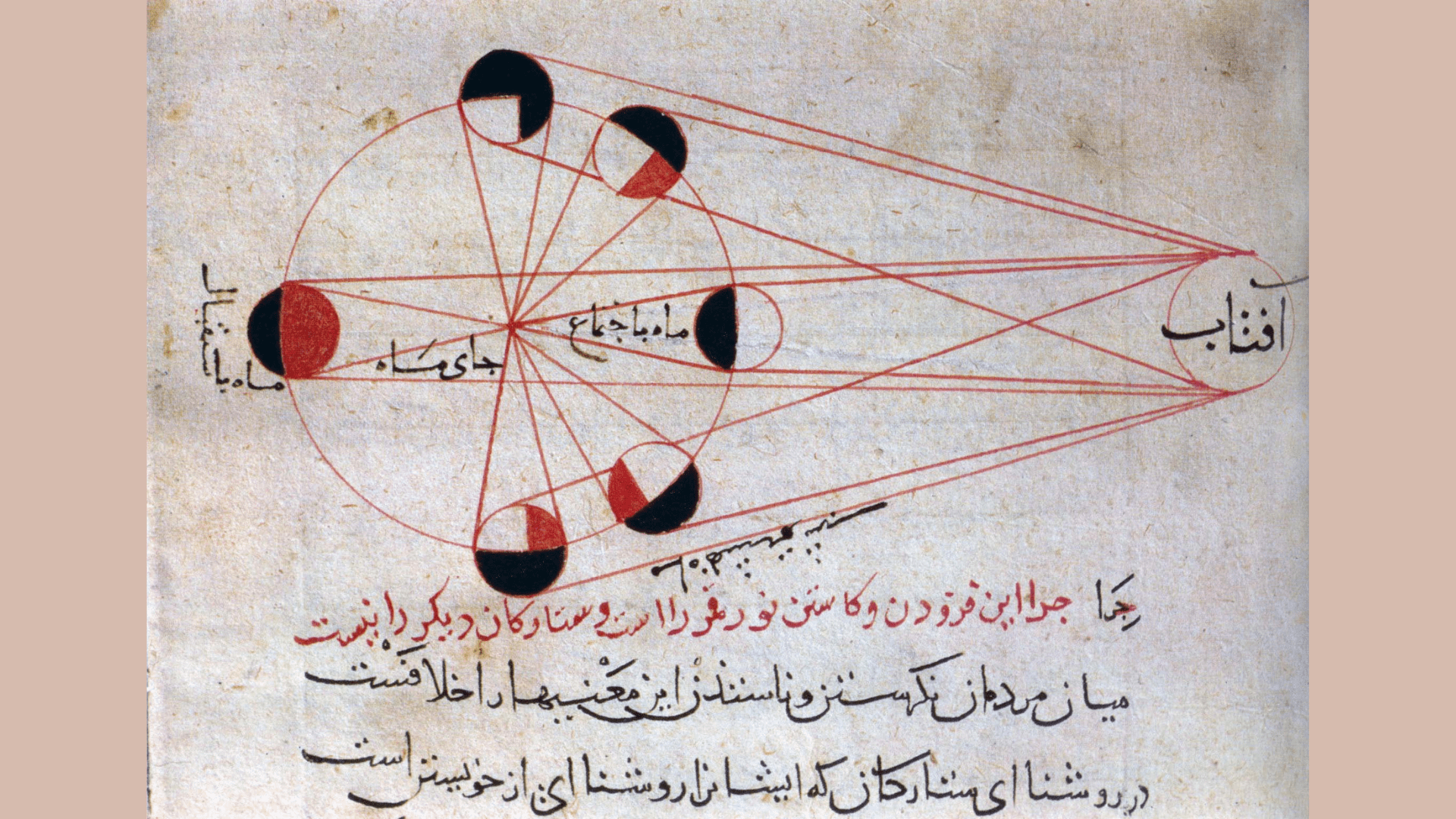
Library, Museum and Document Center of Iran Parliament/Wikimedia Commons
However, Van Brummelen later concluded that many of Bianchini’s innovations were products of his inventive mind.
Reliance of the Sexagesimal (Base 60) System
During Bianchini’s era, European astronomers relied on the sexagesimal (base 60) system inherited from the Babylonians.
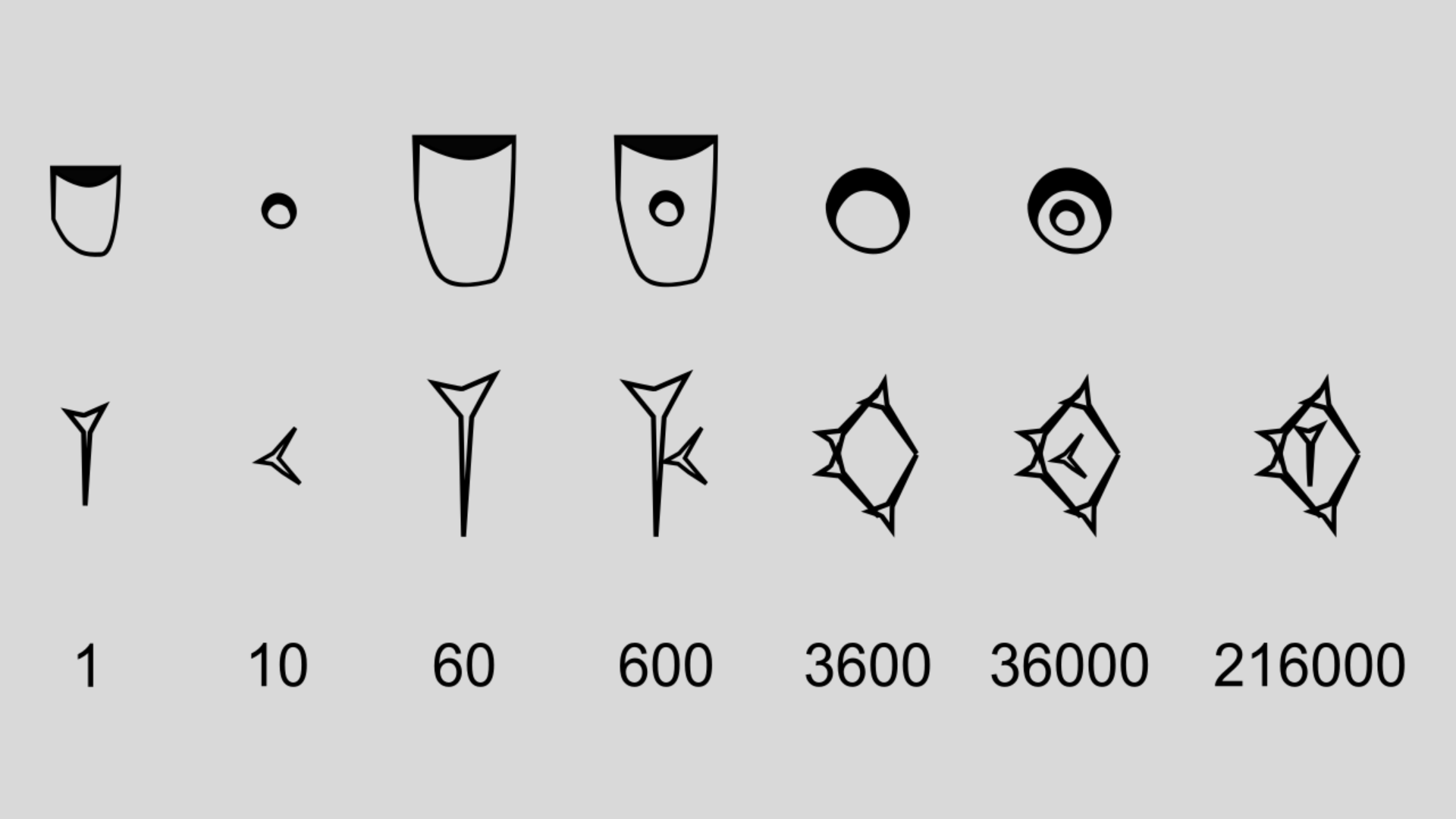
Otfried Lieberknecht/Wikimedia Commons
This system, which is still used to write latitudes and longitudes, posed challenges for mathematical operations such as multiplication.
Traders and Accountants Used Novel Unit Divisions
In contrast, traders and accountants used real-world weights and measures, allowing for diverse unit divisions.
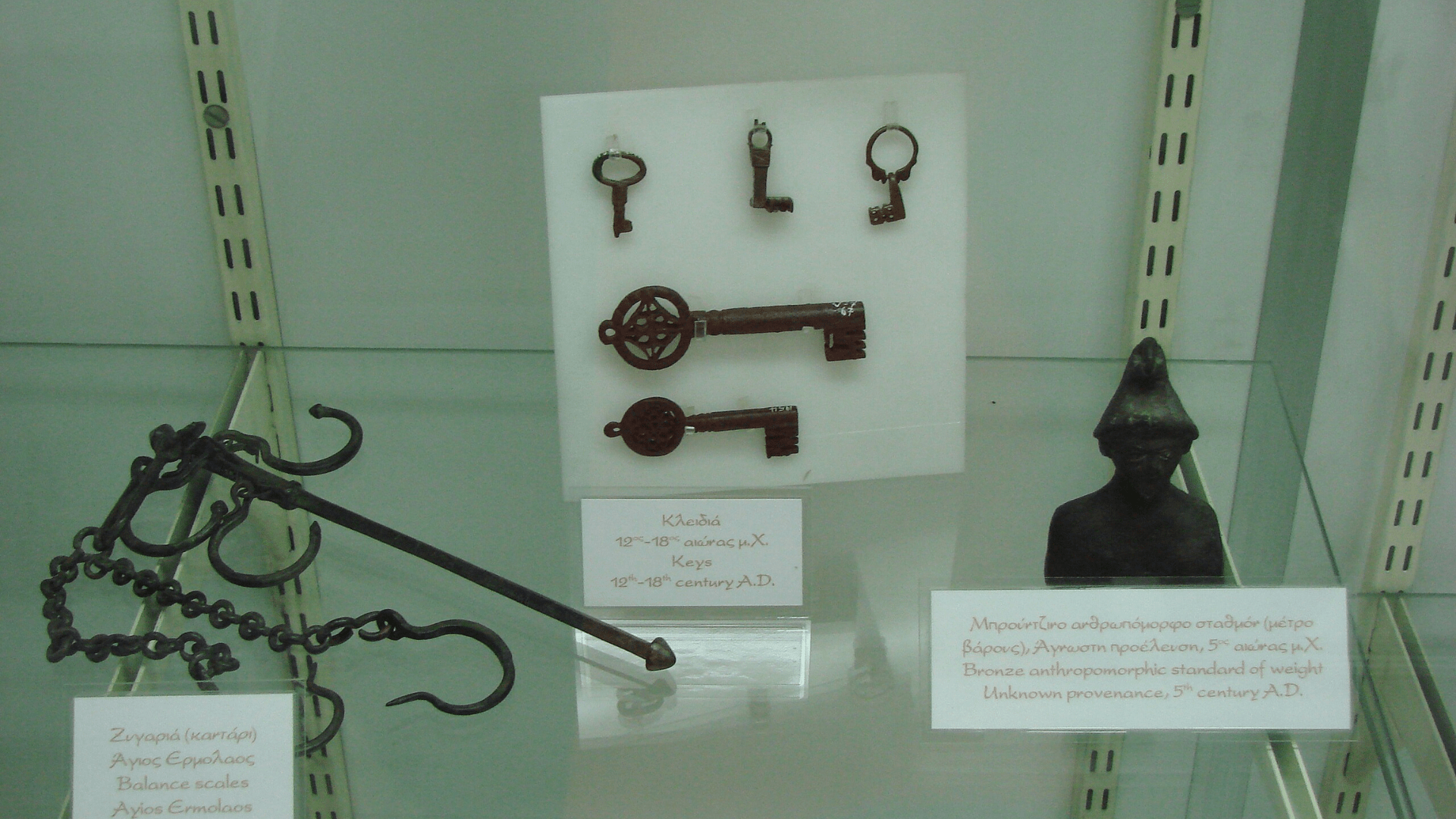
Catlemur/Wikimedia Commons
Bianchini introduced his decimal scheme for measuring distances, presenting a system where a foot was divided into ten equal parts called untie, each further divided into ten minuta, and then into ten secunda. This scheme did not gain widespread adoption, and Bianchini’s use of base 10 was not previously considered to have influenced his astronomy.
Van Brummelen Discovers Bianchini’s Use of the Decimal Point
However, Van Brummelen’s scrutiny of Bianchini’s treatise Tabulae primi mobilis B revealed the use of not only a decimal number system but also a decimal point, a revolutionary concept for the time.
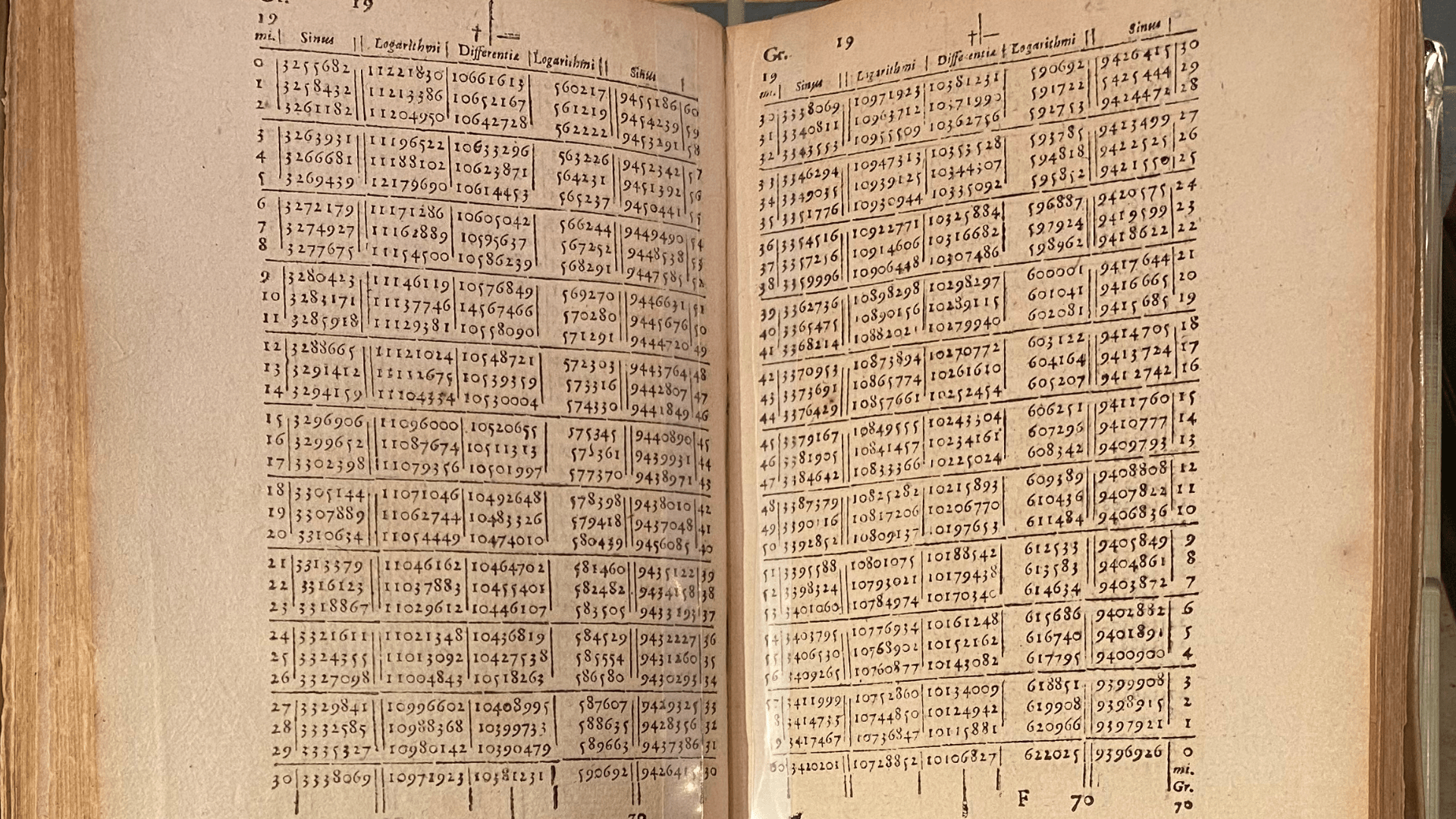
ArnoldReinhold/Wikimedia Commons
The manuscript, featuring trigonometric tables and a sine table, demonstrated how Bianchini, unlike his contemporaries, expressed distances as decimals with tenths, hundredths, and thousandths.
Christopher Clavius Likely Took the Decimal from Bianchini
Notably, he introduced the decimal point when instructing users to calculate values between entries.
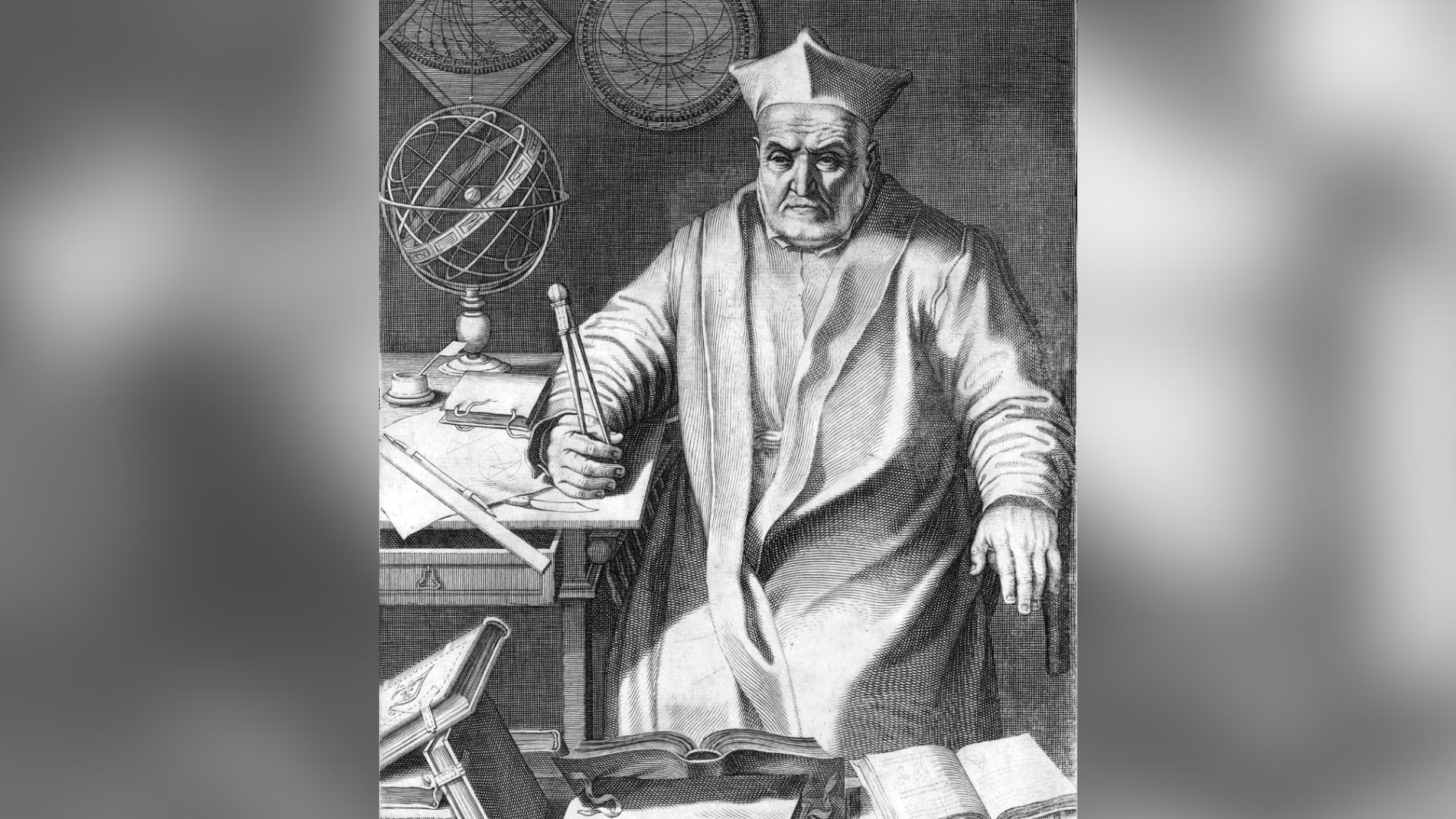
Smithsonian Libraries/Wikimedia Commons
This parallels Christopher Clavius’s use of the decimal point in 1593, prompting historians to question why Clavius did not further explore this innovation. Van Brummelen believes that Clavius likely took the decimal point from Bianchini, as it was impossible for him not to have known about Bianchini’s work.
The Importance of the Decimal System
The beauty of the decimal system lies in its simplicity for calculating both whole and non-whole numbers, eliminating the complexities associated with fractions.
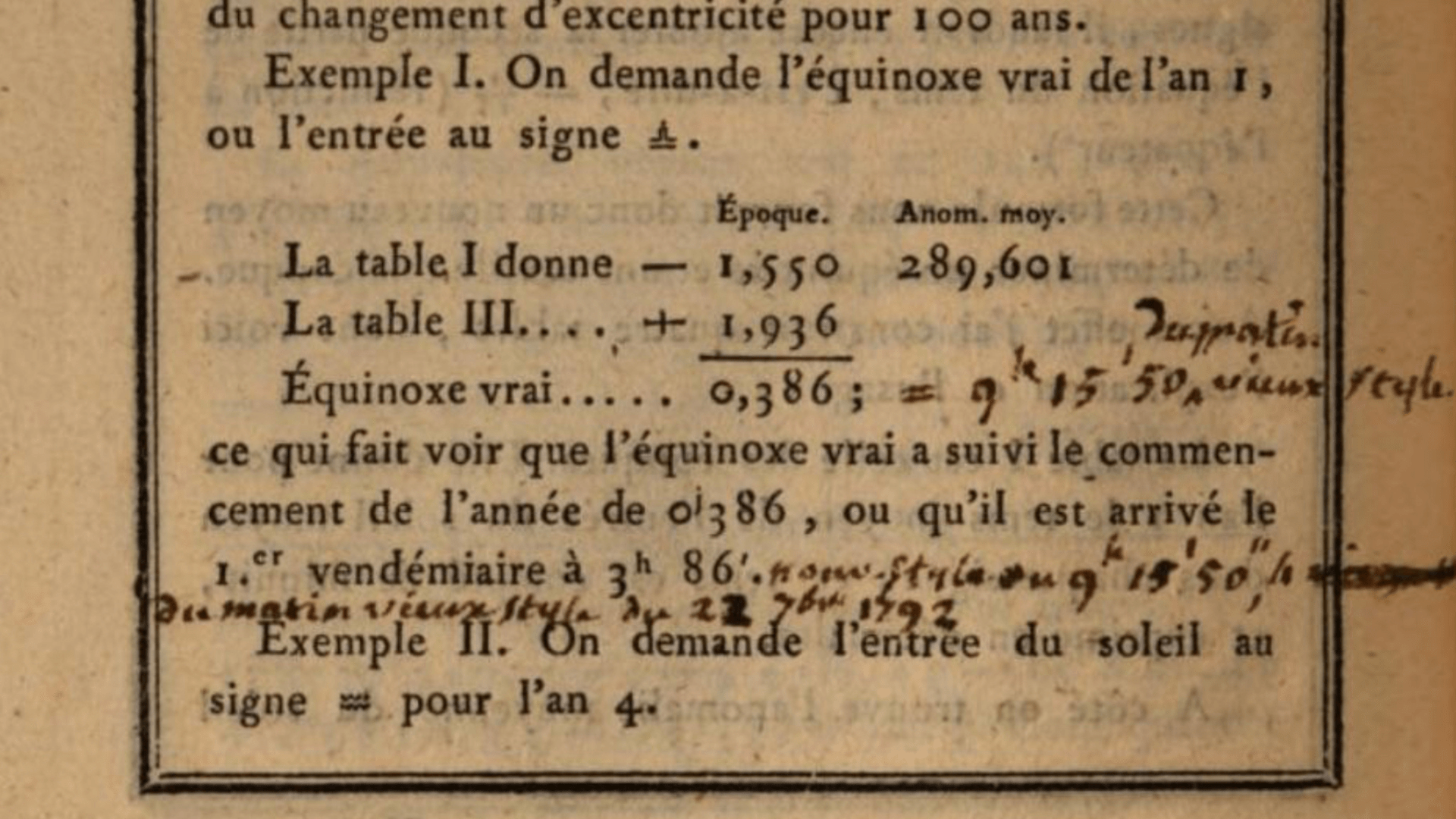
Jean-Baptiste-Joseph Delambre/Wikimedia Commons
Sarah Hart, a historian of maths at Birkbeck, University of London, highlights the significance of the decimal point in making calculations more accessible across various numerical magnitudes. Van Brummelen suggests that Bianchini’s background in economics played a crucial role in his invention, as he wasn’t entrenched in the sexagesimal system early in his career, unlike other astronomers.
The Decimal Point Took 150 Years to Gain Traction
While Bianchini’s approach may have seemed too revolutionary at the time, a century and a half later, decimal notation gained traction as astronomers sought ways to simplify intricate calculations
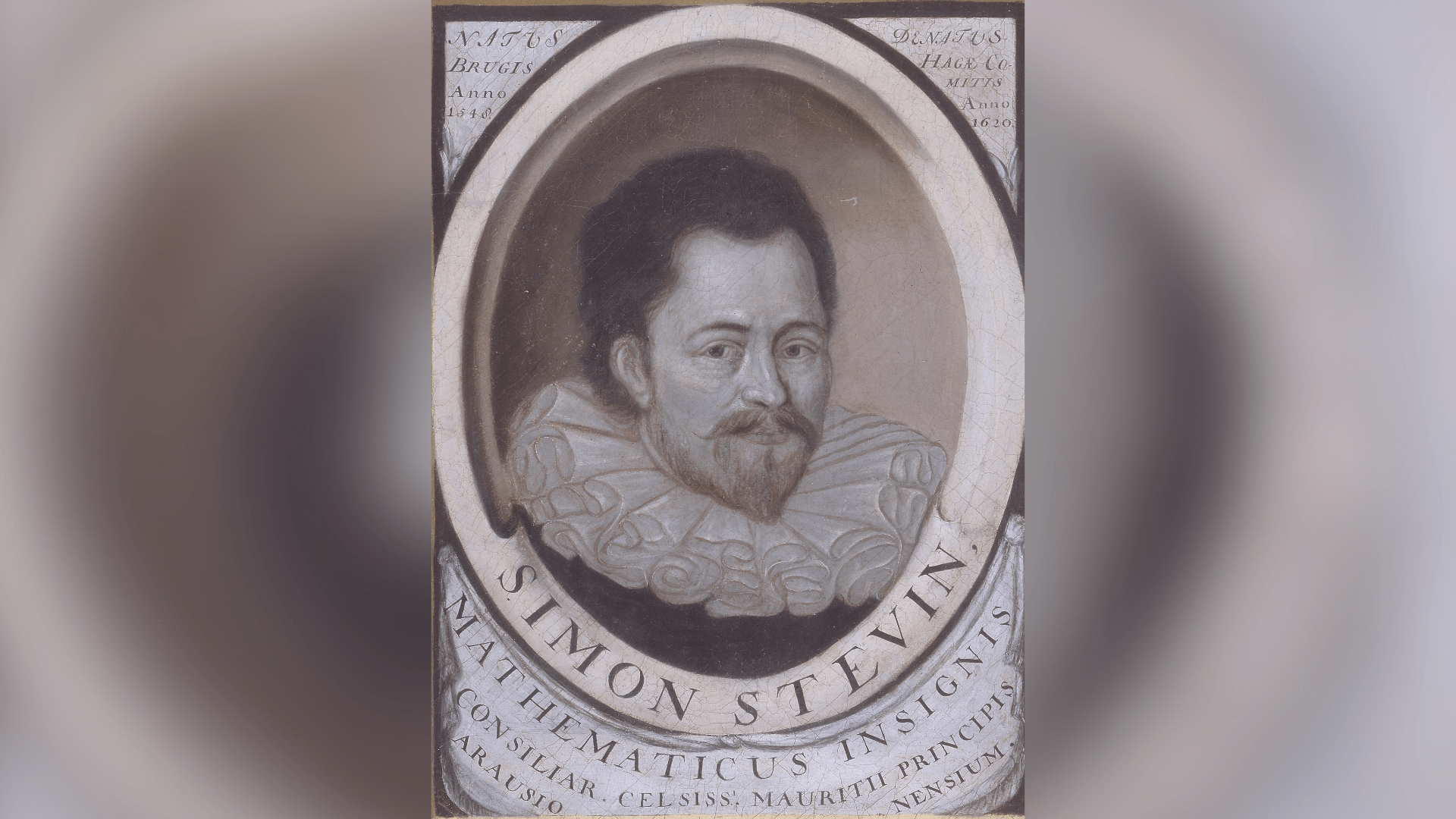
Digitool Leiden University Library/Wikimedia Commons
The influence of Clavius extended to later proponents of decimal fractions, such as Simon Stevin and John Napier, who adopted the decimal point.
Bianchini Deserves a Reassessment in the History of Math
Chabás has advocated for a reassessment of Bianchini’s importance, asserting that he has been “eclipsed” by other figures despite being a pivotal figure in the evolution of mathematical ideas.
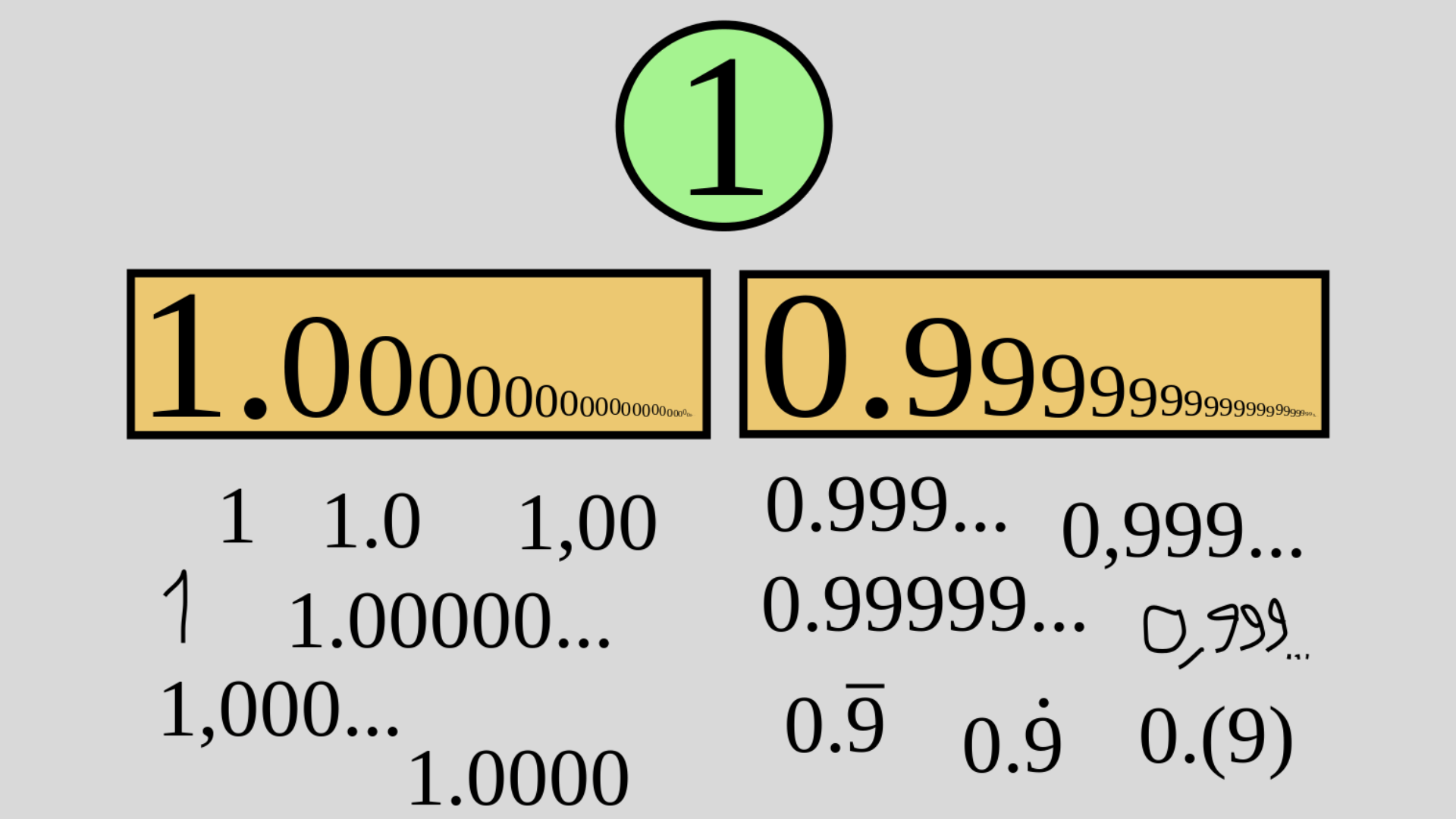
Tlep/Wikimedia Commons
The implications of the decimal point invention extend far beyond astronomy, enabling scientists to achieve greater precision and contemplate previously inconceivable concepts, such as infinite and non-terminating decimals.
When Theory and Practical Needs Meet
Bianchini’s story exemplifies the constant cross-fertilization between practical needs and theoretical ideas. His well-placed dot, the now-commonplace decimal point, has fundamentally changed how we perceive and interact with the world.

MarcT0K/Wikimedia Commons
By reassessing Bianchini’s contributions, historians must again acknowledge the influence of real-world necessity on mathematical developments. Further, they can’t help but recognize the enduring impact of a seemingly simple symbol on the evolution of mathematical notation and its applications in various scientific disciplines.
